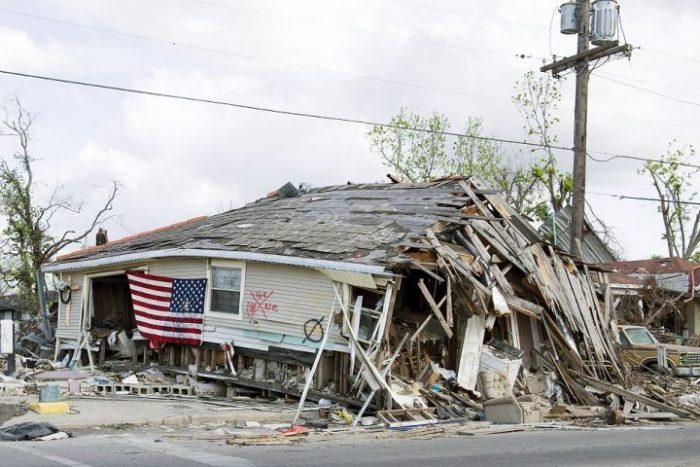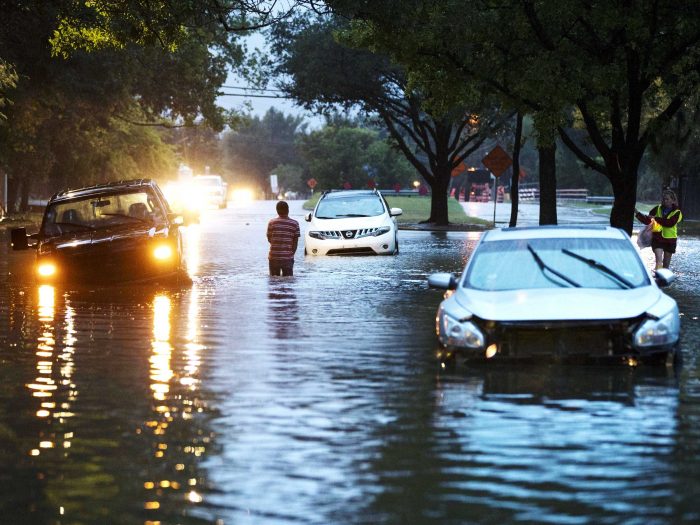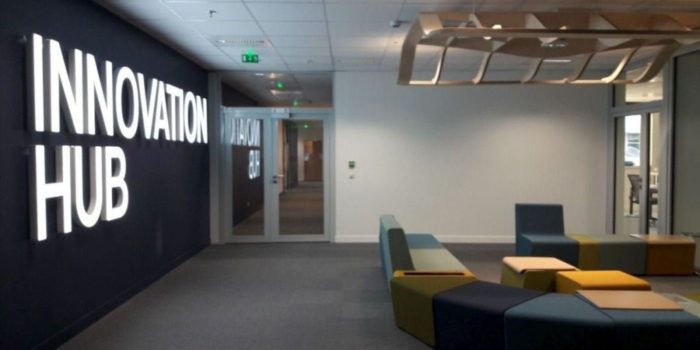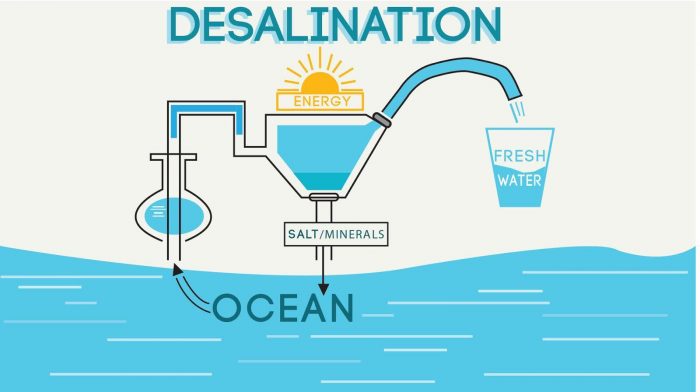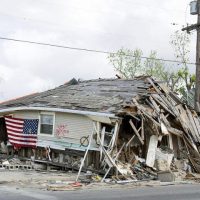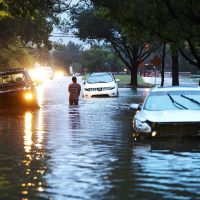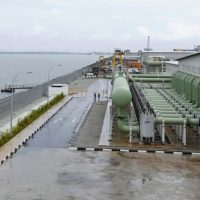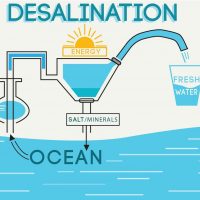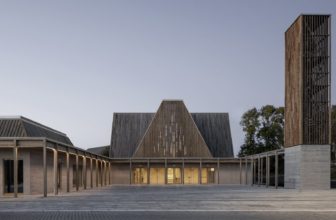Disaster Recovery Skyscraper
Natural disasters such as earthquakes, tsunamis, and floods can often come at the least expected time. Others, such as hurricanes and cyclones are increasing in severity and destruction. Typically, the poor are the worst hit for they have the least resources to cope and rebuild. Architects role varies from providing aid communities in rebuilding after natural disasters, to help them during the disaster timing. MSSM is one team who tries to respond in their design to the threats posed by extreme disasters. Moreover, they are trying to expand our knowledge by answering this question, Could Natural Disasters Motivate Us to Build Differently??
Project Description from the Designer:
Natural disasters are generally negatively considered and frequently understood as an ‘end’ rather than as a ‘beginning’. Not lots of citizens understand them as what they really are: another one of the numerous cycles of Nature. While there is destruction in natural disasters, there are also new formations and opportunities that emerge as a result. Natural disasters are no more than ‘environmental stresses’ contributing towards the evolution of species, pushing them to develop highly efficient defense mechanisms.
We therefore embrace natural disasters as mechanisms to push further our society. A world without natural disasters would have weakened our intrinsic survival instincts. Instead, we are ready to deal with them just as another natural cycle, like we understand there is need for storm water tanks to evacuate water during a storm.
As human beings, our time scale is rather short and thus, our understanding of natural disasters is fairly limited. A major natural disaster would take our civilizations from 10 to 20 years (perhaps more) to fully recover. However, our planet being 4500 millions of years old does not understand a major natural disaster as such. In the Earth’s life span 10 years are comparable to 20 seconds of our lives, i.e. similar to the time it will take us to recover from sneezing once.
Our envisioned skyscraper is a shelter for disaster recovery comprising institutional, educational, residential, agricultural and commercial designated spaces. The site is located near the area of Shimonoseki, Japan. History has proved that the country has suffered from many disasters over the past. Shimonoseki is an area, which bridges the eastern part of Japan (Honshu island) with the west (Kyushu island). Moreover, the area features a critical geographical position with easy reachability, not only within Japan, but also from Korea, Taiwan and China. The building lays along the northern bay of Bisyanohana, emphasizing its role as a landmark for the surrounding area and at the same time adapting to the natural environment.
Within institutional, a hospital and an ‘innovation hub’ are included. The former plays a decisive role in the event of a disaster. The later integrates a multidisciplinary research center conveying students and scientists from different fields: material sciences, sustainable agriculture, waste treatment, biomimicry, marine sciences, earthquake science, sustainable energies and medicine related specialists in degenerative illnesses. The innovation hub is a ‘mixing pot’ where specialists can establish fruitful dialogues across disciplines; sharing findings and knowledge, similar to the information exchange cycles found in natural systems. The aim being the establishment of a state-of-the-art educational and research center, where emerging technologies for disaster recovery are formulated, tested and further developed.
Residential use includes permanent and temporary residences. During a major disaster and immediately after, the skyscraper fosters refugees into temporary capsules. These are usually kept ‘dormant’ and are only deployed when the need arises. They are made of a foldable membrane in the shape of a dome and are quickly opened into position to allocate a family in an open-space apartment which can be easily subdivided with portable wall panels should it be needed.
Integrated agricultural land and farms produce fresh foods locally. The commercial area of the skyscraper comprises a supermarket selling a percentage of all the onsite-produced groceries; the remaining percentage is periodically stocked as a food reserve to cater refugees and permanent residents in the event of a disaster.
It is usually the case in natural disasters that courses of water get contaminated causing numerous deaths. We have chosen a site next to the largest source of water in the planet and also the toughest one to become contaminated. During the non-disaster periods, bio-inspired desalinization plants recycle seawater into fresh water with low energy consumption for use by the skyscraper farms. While local watercourses provide potable water during the non-disaster periods, in the event of a disaster, it will possible to further treat the desalinated water into fully potable water.
Energy wise the skyscraper is equipped with solar panels, mills, turbines and dams to convert sun, strong shore winds, sea waves and variable sea levels into useable energy. Part of this energy is stored to cater for days when one of systems fails, for example in the event of a disaster. Solid waste produced by cattle and humans is converted into energy via anaerobic digestion. A diversified low carbon energy strategy developed upon natural resources and recycling, aims for total autonomy of the skyscraper, converting it into a self-sustainable city isolated from the disaster associated distresses.
Credits:
MSSM Associates & Parametric Structures + Design
Michel Moukarzel, Pavlos Schizas, Revano Satria, Mohammed Makki
Facebook
Maria Mingallon
- © MSSM
- © MSSM
- © MSSM
- © MSSM
- © MSSM


